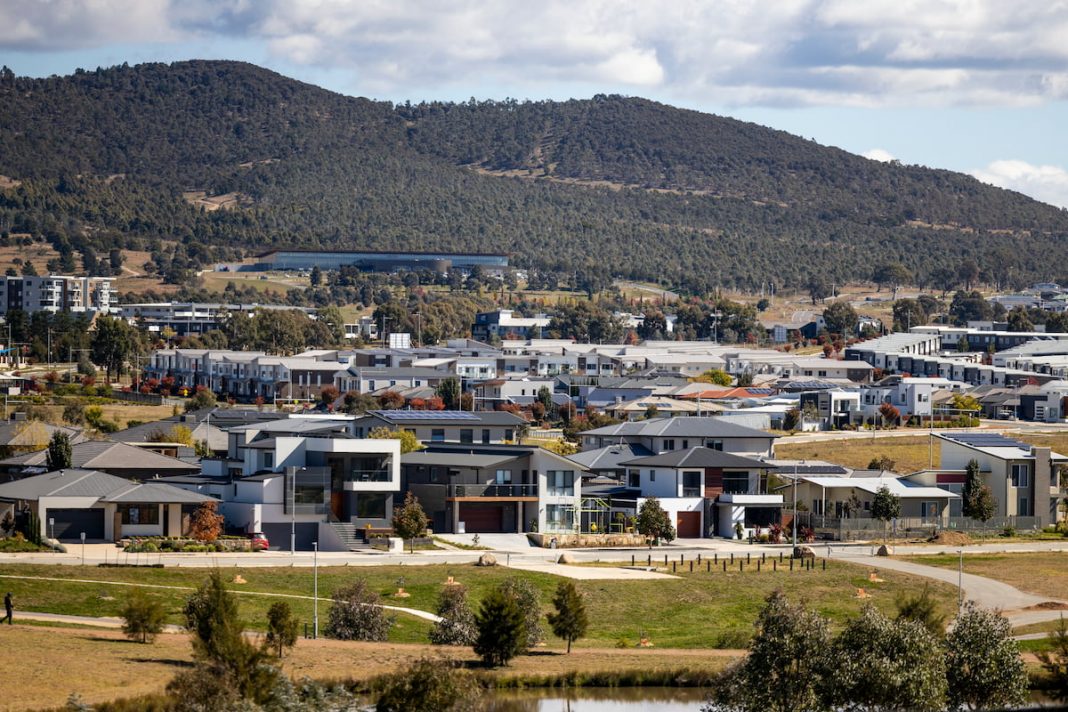While all Australian capital cities have recorded residential property price increases in the June quarter, Canberra tops the list with an 8.2 per cent increase – the highest since records began in September 2003 – according to the latest Australian Bureau of Statistics figures.
Canberra also experienced record quarterly growth in both the Attached Dwelling Price Index at 6.0 per cent and the House Price Index at 8.9 per cent in the 2021 June quarter and is the only capital city to see growth in both categories.
ABS head of prices branch, Michelle Marquardt, said persistently low stock levels in the property market were occurring along with record low interest rates.
“Persistently low levels of stock on the market were being met with strong demand and properties transacting at an increasingly rapid rate,” she said.
“Canberra’s house prices reflect the strongest quarterly rise we’ve ever had and is now the second quarter in a row where we’ve had record increases.”
Ms Marquardt said Canberra’s price growth has been fascinating and they’ve been seeing solid growth across the ACT for some time.
“It’s interesting to me the differences in growth between housing and attached dwellings. It’s quite strong for both in Canberra and less so in other capital cities.”
In the June quarter of 2021, the value of Australia’s combined 10.7 million residential dwellings rose by $596.4 billion to $8,924.6 billion, marking the highest quarterly rise on record.
Canberra now has the second highest mean price of residential dwelling at $891,700, just behind Sydney and ahead of Melbourne.
University of Canberra Associate Professor Yogi Vidyattma said he doesn’t think Canberra’s housing market will be slowing down in the foreseeable future.
“Canberra’s vacancy rate is still around one per cent and the unemployment rate is still low, so the demand for houses is quite high,” he said.
“There is still supply but given the demand is quite high, I don’t think until the vacancy rate is around 1.5 per cent will we see house prices start to slow down.”
The future of young people and homeownership is the biggest issue at the moment, Professor Vidyattama said.
“Young people are having a difficult time catching up in the housing market and most of the time it’s more from the saving side than on the repayment side,” he said.
“If the young person can borrow from somewhere other than the bank, like from their parents, they will have more access to the market and if not, it’s going to be harder for them.”
Get all the latest Canberra news, sport, entertainment, lifestyle, competitions and more delivered straight to your inbox with the Canberra Daily Daily Newsletter. Sign up here.



